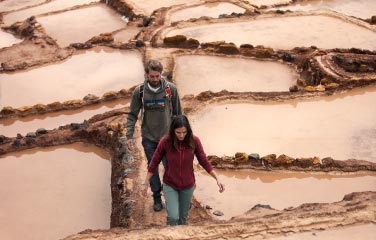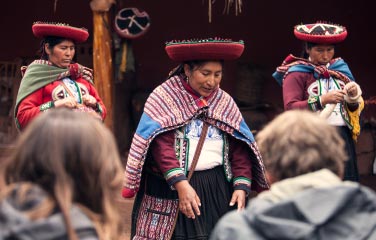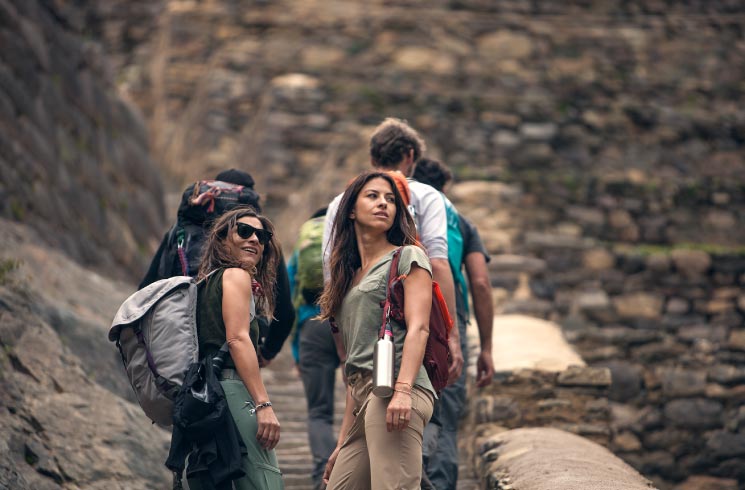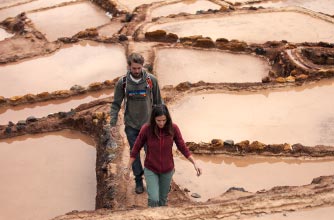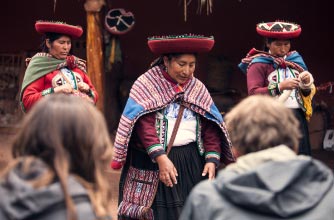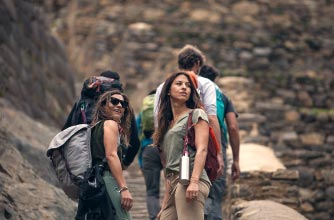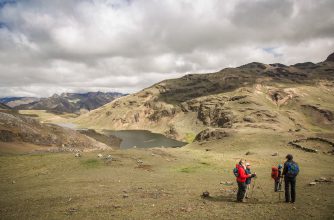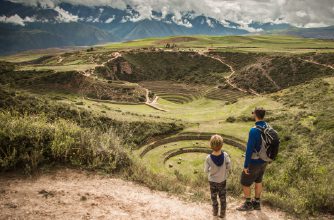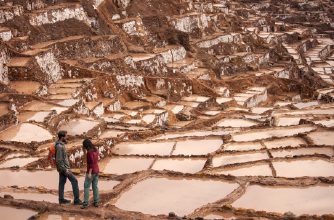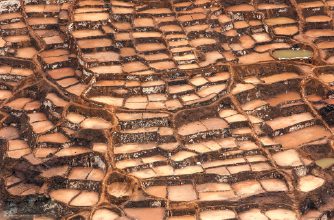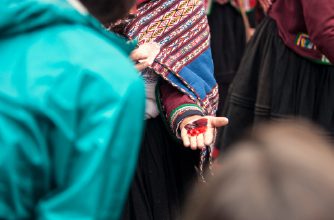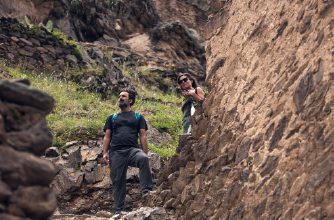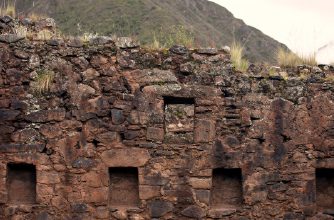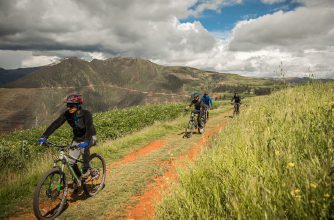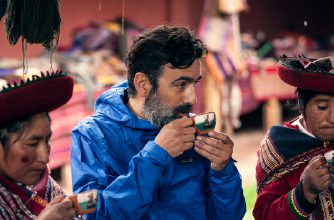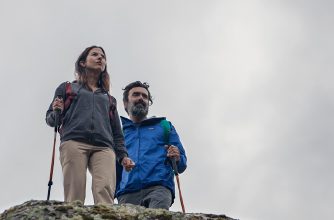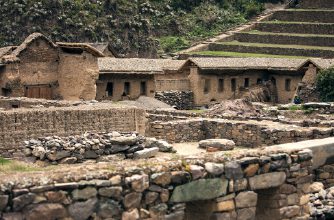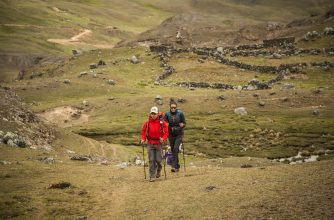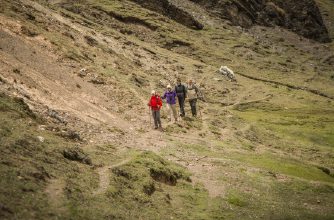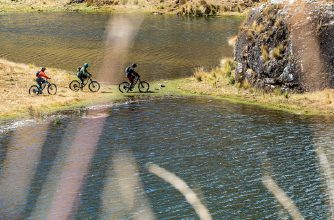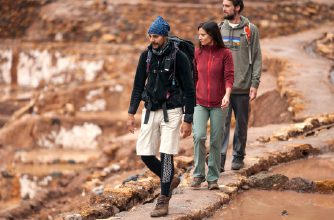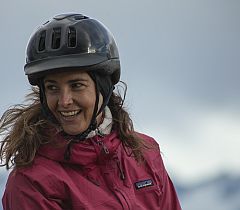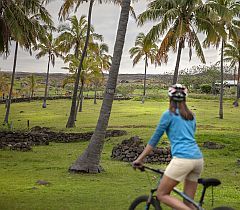Take your pick from nearly 50 expertly guided Explorations, included as part of your stay at Explora Valle Sagrado. Discover Cusco, Machu Picchu, and other renowned and hidden gems on full- and half-day Explorations, with every experience fully customized to your ability and designed for small groups of no more than eight guests.
Explorations span four unique zones of the Sacred Valley, including guided hikes, biking, climbing, multi-sport experiences, high-mountain ascents, and remote Explora-only Signature Explorations.
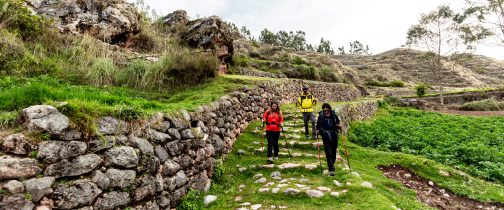
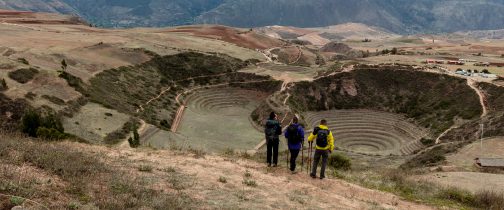
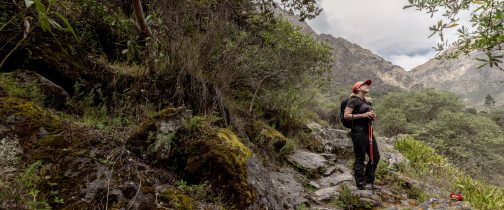
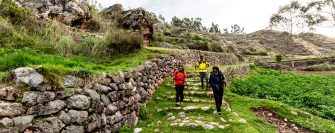
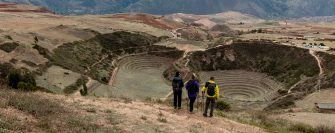
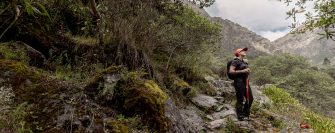
Our Explorations feature classic routes to iconic sites as well as Signature Explorations, designed and operated exclusively by Explora in the region’s most remote and pristine locations. Every adventure is customized to match with your skills and interests — something you’ll experience every evening as part of our flexible, day-by-day itinerary building, when your Explora guide meets with you to tailor the next day’s Explorations to your preferences.
Explorations are limited to a group size of no more than eight guests to allow for a more personal atmosphere and in-depth discovery. Privately guided Explorations are available at an additional cost.
Deeply familiar with the region and its traditions, our local guides have an unyielding passion and knowledge for the Sacred Valley and the magical landscapes we explore. They’re trained at our own School of Guides and fluent in Spanish and English. They are also keenly aware of the fragility of these unique places and share in our advocacy for the conservation of Peru’s many wonders.
Each day, one of our guides will gladly help you choose the right exploration for your interests and provide further information on each zone.
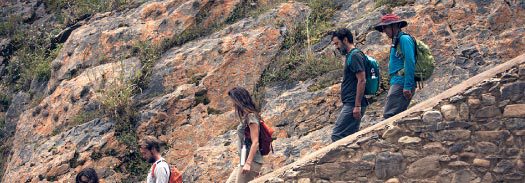
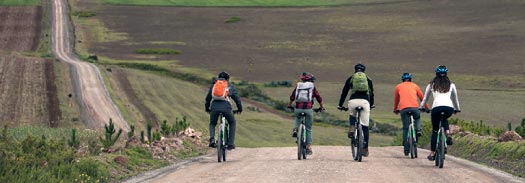
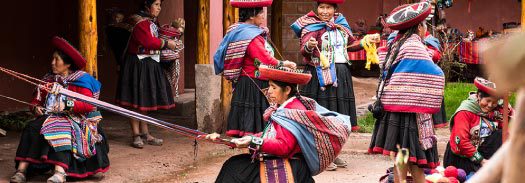
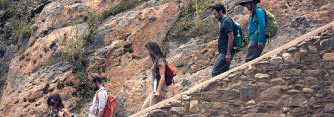
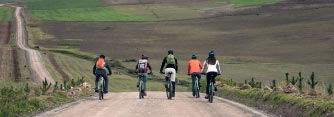
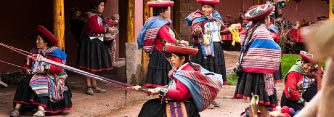
Choose from 49 in-depth Explorations across four unique Andean zones. These adventures and experiences take you to the ancient Incan Empire of Machu Picchu, vibrant Cusco as well as Pisaq and Urubamba, but also extraordinary and rarely visited marvels, including the ancient hillside fortress of Pumamarca
1. Janca
1. Janca

2. Quechua
2. Quechua






























3. Suni
3. Suni





















4. Puna
4. Puna





















